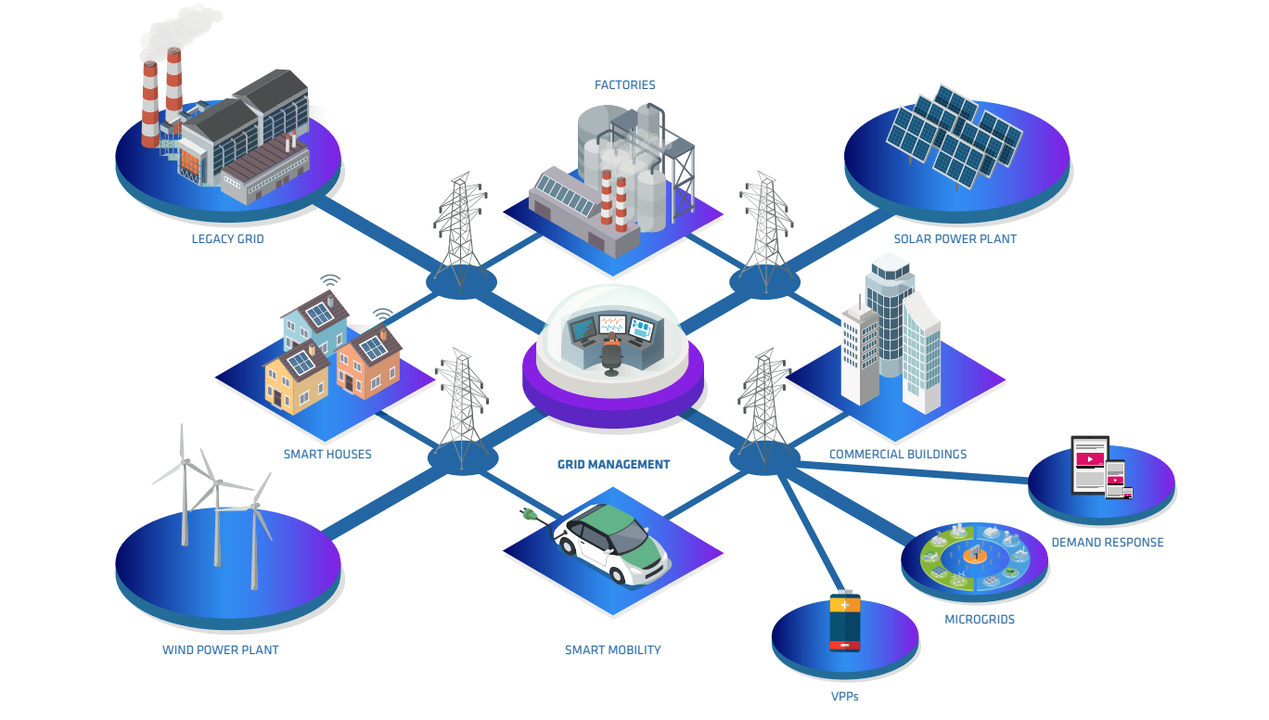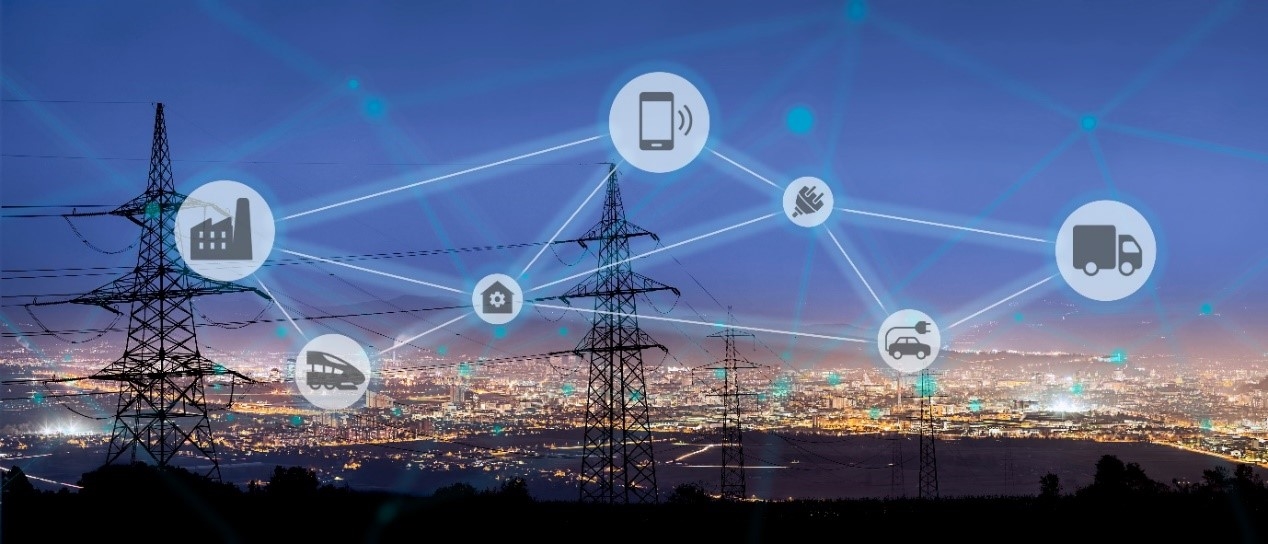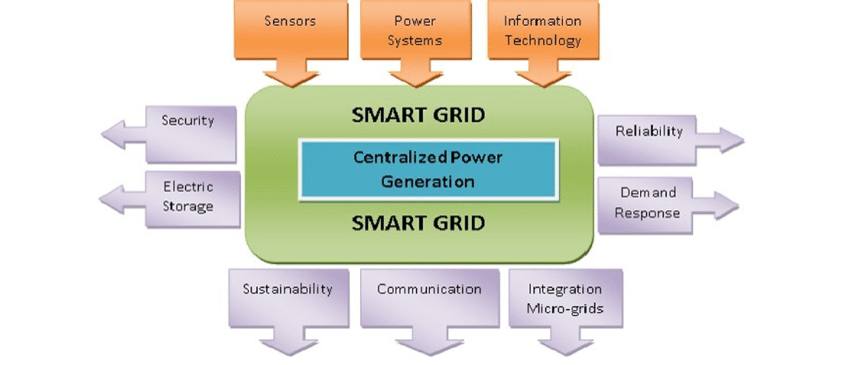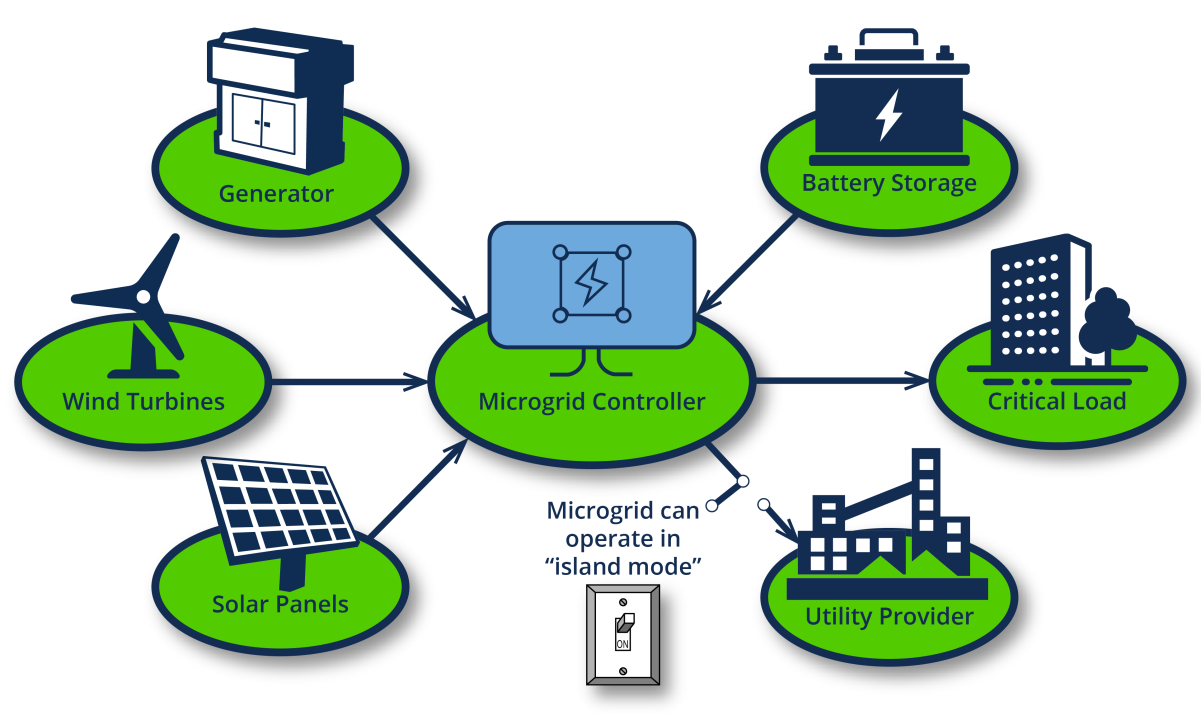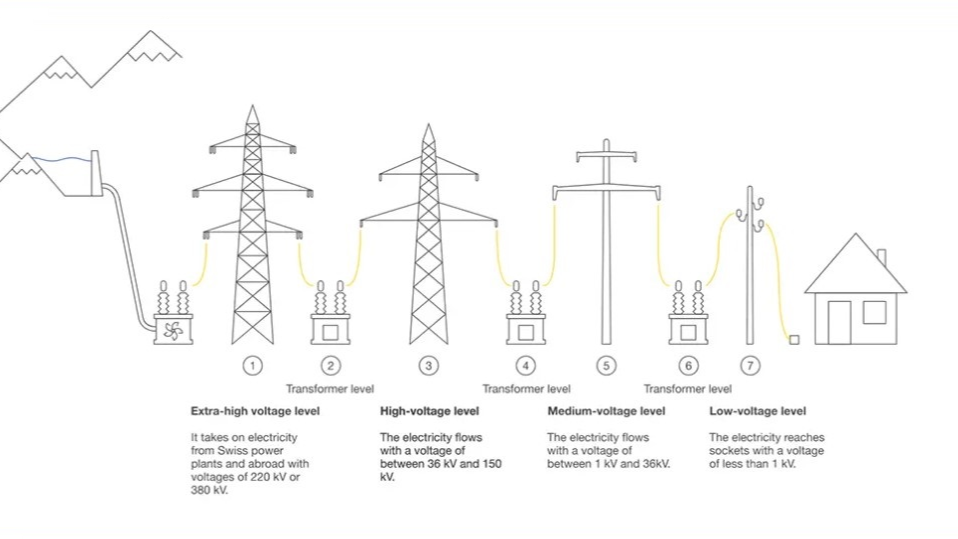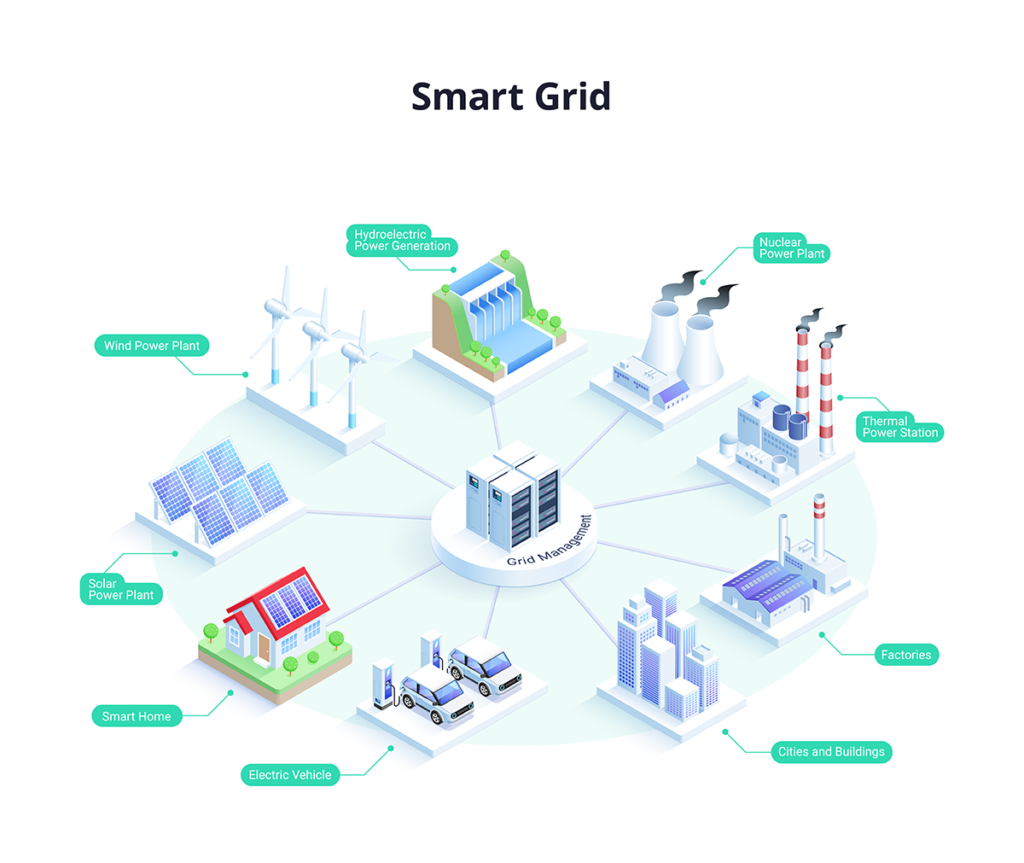Overview
A smart grid distribution system is a modernization of the traditional power system that integrates the Internet of Things, artificial intelligence, big data and other advanced technologies to enable real-time monitoring, prediction and control. A smart grid distribution system uses digitization, networking, adaptive control and automation to tightly integrate and interconnect power loads, supply equipment and monitoring devices, optimizing distribution operation and management.
Key characteristics
- Efficiency: Data acquisition, processing and transmission enable rapid data flow and information delivery, improving energy supply efficiency and power quality.
- Reliability: Real-time monitoring and analysis of equipment and loads allow accurate prediction and rapid handling of anomalies, ensuring reliable and safe grid operation.
- Automation: Automation technologies enable programmatic control and adjustment of the grid, reducing human intervention and increasing automation.
- Energy saving and emission reduction: Detailed data analysis and optimization identify energy waste and load imbalance, allowing reasonable adjustment and management of power loads to save energy and reduce emissions.
- Networking: Establishing data communication networks enables remote monitoring and control, so operators can perform real-time supervision and management from any location.
Operation principles
The smart grid distribution system can be seen as an upgraded version of the traditional grid, enhanced with IoT, artificial intelligence and big data for real-time monitoring and control to optimize grid performance. Its operation typically follows these steps:
- Data acquisition and transmission: Various sensors and monitoring devices continuously collect grid data and transmit it to a data center.
- Data analysis and forecasting: The data center uses computational resources and algorithms to analyze and forecast collected data, including load distribution, equipment status and grid anomalies.
- Real-time monitoring and control: Based on analysis results, the system performs real-time monitoring and control, using automated decision systems to adjust equipment according to load and supply conditions.
- Fault diagnosis and handling: The system quickly determines equipment status and potential issues, and the fault diagnosis subsystem initiates first-response repairs to maintain continuous operation.
- Visualization and management: Monitoring data and analysis results are presented visually so operators can intuitively understand current conditions and trends and make informed management decisions.
System components
A smart grid distribution system typically includes the following elements:
- Smart metering system: Smart meters provide real-time monitoring of energy use, record consumption and time-of-use load, and supply data to optimize distribution operation.
- Substation centralized monitoring: Centered on data collectors, this system uses interface management software to collect, store and analyze safety and metering data within substations, enabling centralized monitoring and remote control.
- Street lighting control: Using IoT and remote sensing technologies, street lighting control systems enable automatic control, dimming, scheduling and coordination to save energy and improve safety.
- Terminal monitoring: Terminal systems install protective devices and sensors to monitor power quality, current, voltage and other parameters in real time, provide equipment status warnings and perform fault diagnosis to ensure stable operation.
- Distribution network optimization: Modeling, simulation and planning tools enable optimized design, intelligent control and autonomous operation and maintenance of the distribution network to improve operating efficiency.
- Plant and substation automation: Automation equipment in generation plants and substations provides intelligent control and monitoring of electrical equipment and processes, increasing automation levels and operational efficiency.
Applications
Smart grid distribution systems have broad application scenarios, including:
- Industrial production: Real-time awareness of regional power demand enables precise supply planning and load balancing for automated, high-efficiency industrial environments.
- Urban energy management: These systems support intelligent management of public services, transportation and heating or gas supply, providing reliable power for urban needs.
- Renewable energy integration: By collecting and analyzing data from solar, wind and other sources, the system helps manage generation status and optimize supply-consumption balance.
- Agricultural applications: Monitoring, control and safety management of electrical usage in agriculture help ensure stable and efficient production.
- Environmental impact: Real-time monitoring of equipment efficiency supports reduced energy consumption and improved grid sustainability and environmental performance.
In summary, smart grid distribution systems use modern information technologies to provide real-time monitoring, forecasting and control of distribution networks. These systems enable accurate, rapid responses to power, voltage and equipment status information and support effective management of distribution assets. They have broad prospects for controlling national energy consumption, developing sustainable energy strategies and optimizing household and industrial energy demand as technologies and markets evolve.
 ALLPCB
ALLPCB


